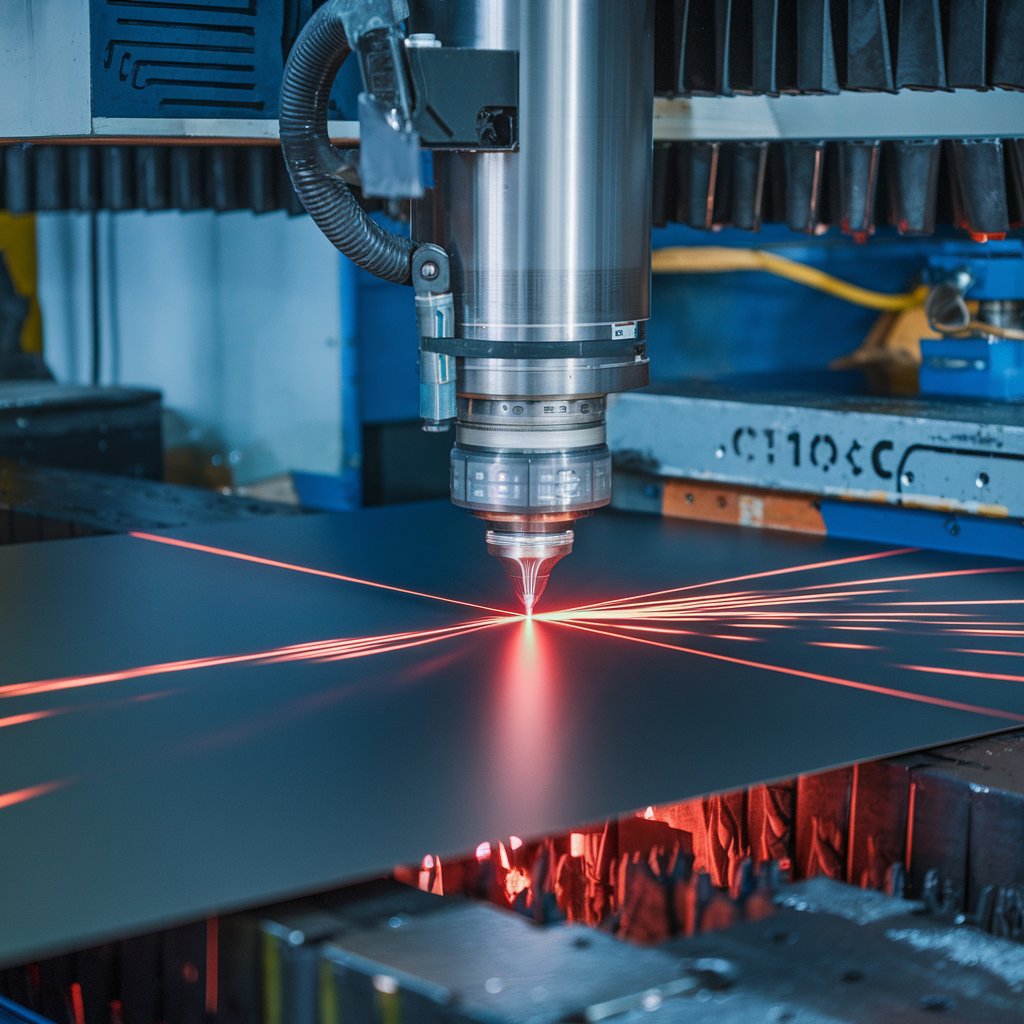The global fiber lasers market is on an accelerated growth trajectory, propelled by increasing industrial automation, growing demand for precision manufacturing, and a shift toward energy-efficient, high-performance laser solutions. As industries around the world modernize their production lines, fiber lasers are becoming the preferred technology for applications requiring speed, accuracy, and flexibility.
What Are Fiber Lasers?
Fiber lasers are a type of solid-state laser where the active gain medium is an optical fiber doped with rare-earth elements such as erbium, ytterbium, or neodymium. These lasers are known for their high beam quality, energy efficiency, and minimal maintenance requirements, making them ideal for a wide range of industrial and commercial applications.
Unlike traditional laser systems, fiber lasers offer greater power density, enhanced reliability, and longer lifespans, which translates into reduced operating costs and improved throughput for manufacturers.
Driving Force: Industrial Automation
One of the primary catalysts for fiber laser market growth is the global wave of industrial automation. As smart factories and Industry 4.0 practices gain ground, manufacturers are seeking tools that can deliver precise, high-speed operations with minimal downtime.
Fiber lasers meet these demands by offering non-contact, digitally controlled laser processing for cutting, welding, engraving, and marking on a variety of materials—including metals, plastics, ceramics, and composites. Their integration into automated production lines improves productivity, consistency, and quality control.
In sectors such as automotive, electronics, aerospace, and heavy machinery, fiber lasers have become indispensable in streamlining operations and achieving greater production efficiencies.
Download PDF Brochure @ https://www.marketsandmarkets.com/pdfdownloadNew.asp?id=87036569

Precision Manufacturing as a Growth Lever
As product design becomes more intricate and tolerance levels become tighter, the need for precision manufacturing is more critical than ever. Fiber lasers are increasingly used for micro-machining, where high precision and minimal thermal damage are essential.
The ability of fiber lasers to deliver ultra-fine cuts, exact etching, and smooth finishes makes them ideal for producing electronic components, medical devices, and complex metal parts. In the electronics industry, for example, fiber lasers are used for marking semiconductors, cutting PCBs, and assembling miniaturized devices with exceptional accuracy.
The medical device industry is another key area where fiber lasers are thriving, thanks to their ability to produce clean, burr-free edges and welds in highly sensitive components.
Energy Efficiency and Environmental Advantages
Beyond performance, fiber lasers are also gaining popularity for their energy efficiency and lower environmental impact. Compared to CO₂ and solid-state lasers, fiber lasers consume less power, produce less heat, and require fewer consumables.
This not only translates to lower operational costs but also aligns with global efforts to create sustainable, eco-friendly manufacturing environments. With increasing pressure to reduce carbon footprints, companies are turning to fiber lasers as part of their green transition.
Technological Advancements and New Frontiers
The fiber laser industry is seeing continuous innovation, including the development of:
-
Ultrafast fiber lasers for high-precision tasks
-
High-power multi-kilowatt lasers for cutting thick metals
-
Tunable and dual-wavelength fiber lasers for specialized applications
These innovations are opening new frontiers in 3D printing, additive manufacturing, and photonics research, where precision and power control are critical.
Moreover, integration with AI and machine learning is enhancing the capabilities of fiber lasers in quality control, predictive maintenance, and process optimization—pushing the technology further into smart manufacturing ecosystems.
Regional Growth and Competitive Landscape
The fiber lasers market is witnessing strong adoption in Asia-Pacific, led by China, Japan, and South Korea, where manufacturing dominates the economy. North America and Europe are also experiencing steady growth due to investments in advanced manufacturing, aerospace, and defense sectors.
Major industry players such as IPG Photonics, nLIGHT, Coherent Corp., Trumpf, and Lumentum are expanding their product lines and investing in R&D to meet the evolving demands of global customers.
Outlook: A Bright Future for Fiber Lasers
The global fiber lasers market is projected to exceed USD 8 billion by 2030, with CAGR growth driven by smart manufacturing trends, demand for sustainable solutions, and advances in laser technology.
As industries prioritize precision, efficiency, and sustainability, fiber lasers are emerging as a core technology in modern production systems. Their continued evolution, combined with growing application diversity, signals a robust and enduring growth phase for the industry in the years ahead.
Frequently Asked Questions (FAQ)
1. What is a fiber laser?
A fiber laser is a type of solid-state laser that uses an optical fiber doped with rare-earth elements (like ytterbium or erbium) as its gain medium. These lasers are known for their high efficiency, beam quality, and reliability, making them ideal for industrial applications such as cutting, welding, and marking.
2. What is driving the growth of the fiber lasers market?
Key growth drivers include:
-
Increasing demand for industrial automation
-
Need for precision manufacturing
-
Growing use of fiber lasers in automotive, electronics, aerospace, and medical industries
-
Their energy efficiency and low operating costs
-
The global push toward sustainable manufacturing
3. Which industries benefit most from fiber laser technology?
Fiber lasers are widely used in:
-
Automotive manufacturing
-
Consumer electronics
-
Aerospace and defense
-
Medical device production
-
Metal fabrication and heavy machinery
4. How does fiber laser technology support smart manufacturing?
Fiber lasers integrate seamlessly into automated and digitalized production lines. Their fast processing, real-time adaptability, and compatibility with sensors and AI platforms make them ideal for Industry 4.0 environments.
5. What are the advantages of fiber lasers over traditional laser systems?
-
Higher energy efficiency
-
Better beam quality
-
Longer operational lifespan
-
Lower maintenance needs
-
Compact design and easy integration
